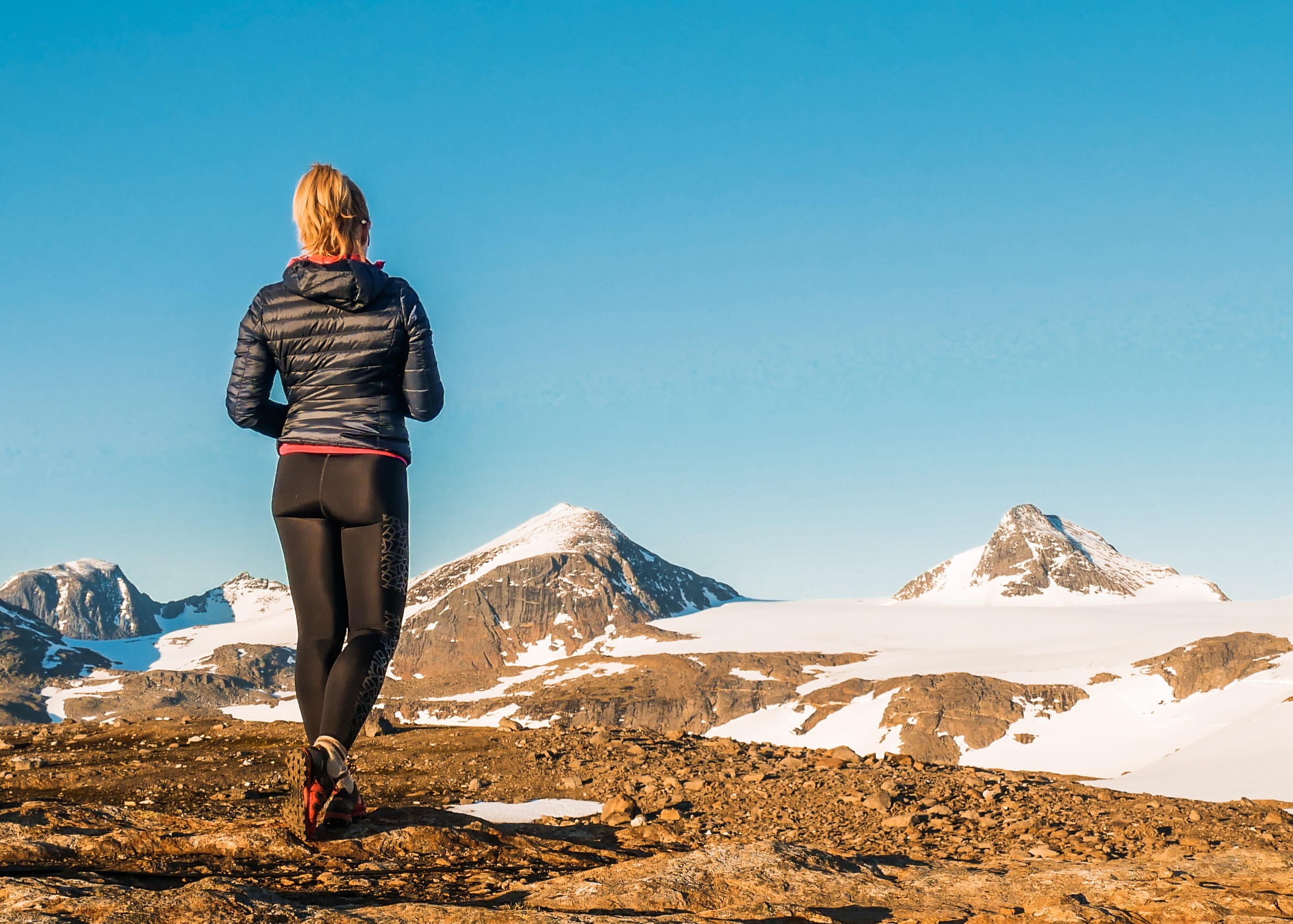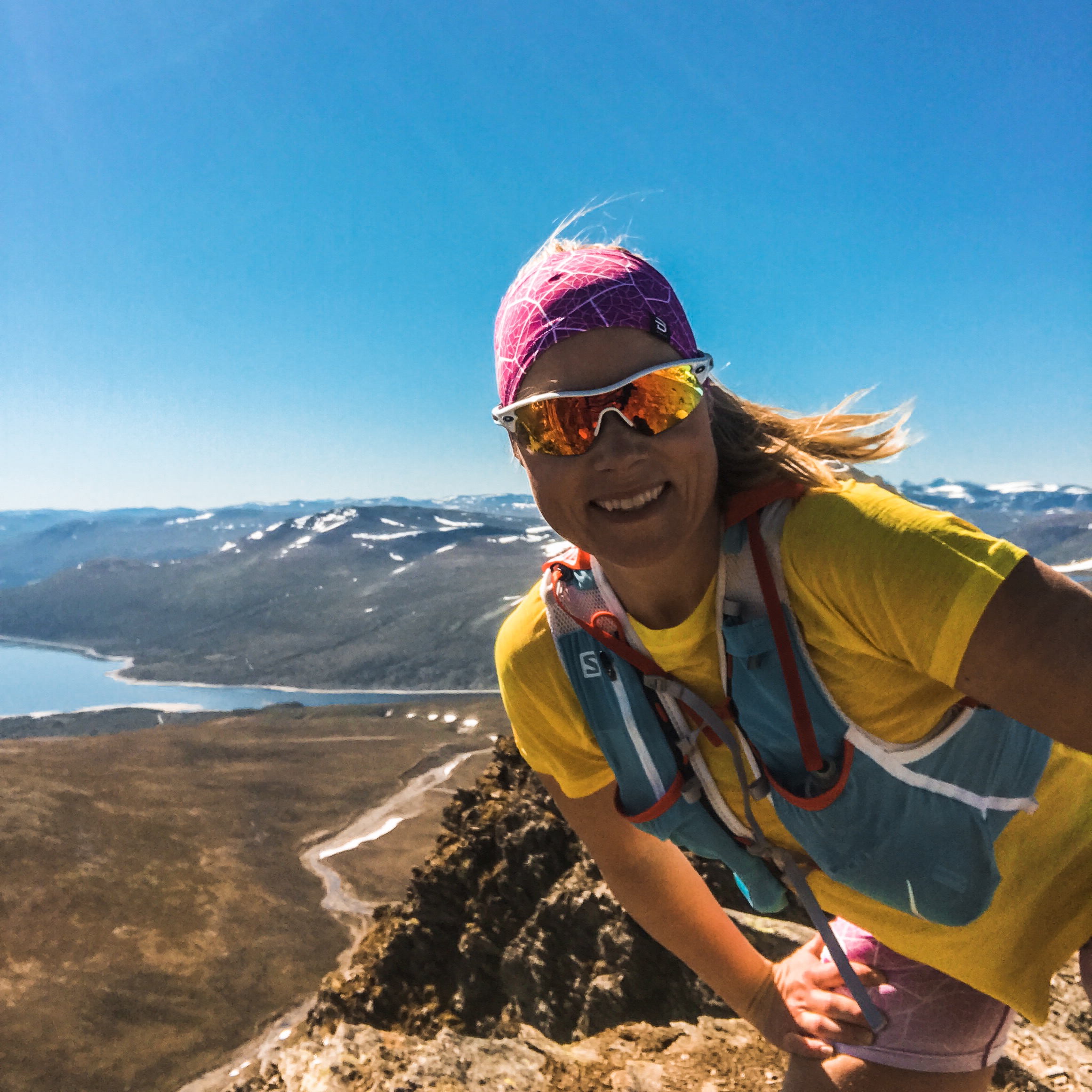
The annual girls’ road trip goes to Geiranger and Trollstigen to collect meters of climbing by roller skiing and running in these crazy beautiful surroundings. This includes one of my favorite places in Norway, Dalsnibba, a mountain top 1500 meters above Geiranger. If you like elevation gains, you may want to tag along!
Highlights of the trip
- Cinnamon buns at the Bakery in Lom
- Hairpin turns of Dalsnibba
- Sunset at Ørnesvingen
- Breakfast at Valldal Fjordhotell
- Hairpin turns of Trollstigen
- The view of any mountain peak in Romsdalen

Driving from Øyer to Dalsnibba
You can of course start this road trip from anywhere, but I like to get a head start by driving up to Øyer/Lillehammer the night before. If you are traveling with only one car and want to go roller skiing up Dalsnibba, you should plan your departure according to the bus schedule, (unless you, like we usually do, plan on asking tourists for a lift down to Geiranger). If you have two cars (and can fit everyone in one), the easiest logistic is to leave one car at the top (with warm clothes) and drive one car down to Geiranger.
First stop of the trip is Bakeriet in Lom, about two hours from Øyer. This is probably the most famous bakery in Norway and worth the trip to Lom alone. Here you grab a coffee and what your heart desires of baked goods. I usually grab a cinnamon bun to stay and a sandwich, muffin and another cinnamon bun to go. You will need carbs for this road trip, so don’t be shy! If you wish to spend more time in Lom, there will soon be more information on Lom at trailspotting.no.
After another 90 minutes drive from Lom you will arrive at Dalsnibba (there is a 150 NOK toll road fee per car to drive up to Dalsnibba). Dalsnibba is also the finishing point for this first day’s challenge, which is rollerskiing from Geiranger going up the 1500 meters of ascent to Dalsnibba.
Rolling Up Dalsnibba

Of course you can take on this climb cycling or running as well. In June every year (in 2019 on the 8th of June) there is a race event from Geiranger to Dalsnibba, called “From Fjord to Mountain“, where you can choose between running or biking, or do both.
We have a thing for roller skiing mountain passes and with 1500 meters of elevation gain divided on about 21 km, the Dalsnibba climb is one of the toughest ones out there, and the equivalent of for example the Stelvio pass in Italy (which due to the higher altitude may feel tougher). You will be driving down from Dalsnibba the same route as you will roll up, giving you the chance to prepare for what to come. Arriving at your starting point, you will find Geiranger buzzing with tourists, some of which have never seen roller skis before.

The first part of the climb quickly takes you through hairpin turns to amazing views of the fjord and Geiranger. You may want to stop at Flydalsjuvet, about 4 km from Geiranger to do some gramming. The mid part of the climb has less curves and after about 7 km the landscape opens up and you will see the climb ahead of you as well as beautiful old farmhouses, waterfalls and mountains. After about 16 km you reach Djupvatnet which is at its most scenic when covered with cracks of ice. In the morning and late evening it is possible to go roller skiing on the road along Djupvatnet and towards Grotli, but it is not advisable with the daytime traffic. From Djupvatnet there is another 6 km of nice hairpin turns and fantastic views before you reach Dalsnibba, and probably enjoy the applause from the tourists.


Strava for details: Dalsnibba rollerski
Driving from Dalsnibba to Valldal
Driving down to Geiranger from Dalsnibba allow time for a refreshing dip in one of the streams just after Djupvatnet and some photographing in the kind afternoon light. If you haven’t already, make a reservation at Brasserie Posten in Geiranger, and enjoy one of their pizzas before a short stroll in Geiranger, which is now much calmer after the departure of all the cruise ship tourists.

We always stay at Valldal Fjordhotell, which has a great breakfast buffet, good beds and a calm and nice atmosphere. There are also other options in Valldal, which is conveniently located between Geiranger and Trollstigen. The drive from Geiranger to Trollstigen is one of the 18 Norwegian Scenic Routes and you will do the first part of this route on your way to Valldal, which takes about one hour including a short ferry between Eidsdal and Linge. Make sure you allow time for a quick stop at Ørnesvingen, a cool view point above Geiranger on the toad to Valldal, providing you with a view of the fjord, Geiranger and the “Seven Sisters” waterfall.
Driving from Valldal to Trollstigen

Next day you should have an early start. The hotel usually start putting out the breakfast before the scheduled opening, and you may want to ask to come early, depending on your choice of activity this day. You will be provided with two options here. If you want to do the Romsdalseggen hike, you need to be in Åndalsnes for the bus at 9:30 (or 10:30 Saturdays peak season). The drive to Åndalsnes is about 1:30. If you are not doing the express version of this road trip and have some more time, I would suggest adding one night in Åndalsnes after Valldal, and take the Romsdalseggen hike the next day. This will allow for a stop at Gudbrandsjuvet view point and more time to truly appreciate the scenic drive from Valldal to Trollstigen. Of course Trollstigen is more famous, but the drive up to the Trollstigen pass from the south side is also worth taking in (and I of course dream rollerskiing up also from this side one day).
Store Trolltind

One of the mountain runs we have explored is the peak, “Store Trolltind”. With 1788 m.a.s.l. this is one of the highest peaks in Romsdalen and with steep climbs and a lot of stone and exposed areas, a hike which may be characterized as pretty hard. The views from the top and from Bruraskaret will be worth it though.


You will find the trailhead at Trollstigen. Already from the start the climb is steep and you will have great views of the Trollstigen plateau and its surrounding peaks behind you. After about two km there is some sort of a junction where you should keep left (you will see from the strava link provided that we went right on our way up, which turned out to be wrong). After about 4.7 km (if you made the right left choice at 2 km) it is easy to go wrong and take too much height. Everyone we met did the same mistake, which, if you do not go all the way down again, easily make you traverse through a very difficult terrain to get back to the trail. Have a look at the strava link and make sure to take the right path to your left, which is the one we returned on. Additional guidance may be found here (Norwegian). The most fun, and also the most challenging part, comes after Bruraskaret, where you have the view of the famous Trollveggen. A helping hand may be useful at some difficult passages. This turned out to be a hike/run very different from our expectations, although a very rewarding one in terms of the spectacular views at the top.
Strava for details: Store Trolltind
Romsdalseggen
Romsdalseggen in the obvious choice of run/hike when in the Åndalsnes/Trollstigen area and has become very popular over the last years thanks to successful promotion from the local tourist agency. This is a one-way hike, where you should take advantage of the bus from Åndalsnes to the trailhead. Booking in advance is recommended.

Once at the trailhead try to get ahead of the pack to avoid being slowed down by queues on the narrow trail. It get pretty steep immediately and continues up, up, up for about 3.5 km, where you can enjoy great views of Romsdalen and the surrounding mountains. If you are lucky, there may even be some snow left on the plateau. Before continuing on the Romsdalseggen trail towards your right, you may choose to explore Blånebba to your left. Continuing on the Romsdalseggen trail you are more or less done with the ascents with the exception of a few exposed climbs along the ridge. If you skip Blånebba the 1200 meters of descent over about 6 km starts after about 5 km on the trail from your starting point. Since the trail passes the famous viewpoint Rampestreken (at 537 m.a.s.) the trail gets pretty crowded the last few kilometers down to Åndalsnes.
Strava for details: Romsdalseggen

Trollstigen
The second challenge of the day is the Trollstigen climb on roller skis. You may of course choose to tackle the climb by bike or try out the trails that take you to the Trollstigen plateau. Compared to the Dalsnibba climb, the Trollstigen climb is like a sweet dessert, and, if done after the traffic has slowed down in the evening, feels like the perfect way to finish off a day of great climbs. We usually start from Trollstigen Camping, about 9.5 km from the Trollstigen plateau. Again, if you have two cars, take one down to the starting point and leave one at the top. If not, ask someone for a lift or plan it by the bus schedule.

The first couple of kilometers provide a nice and easy warm-up for the climb, where the hairpin turns make out the last 4-5 kilometers and takes you through a beautiful scenery close to spectacular waterfalls on your way to the top. The view points designed and restaurant at the top designed by Reiulf Ramstad Arkitekter are worth a visit as well, and the waterfall in front of the restaurant provides great relief for tired legs.
Strava for details: Trollstigen roller ski

Completing the Road Trip
Congratulations, you have completed 3500 meters of climb in less than two days! This provides for a nice dinner in Åndalsnes before loading up on snacks for your way home. A fast and convenient place is Spiret Spiseri at Tindesenteret.
The fastest way back to Øyer/Lillehammer or Oslo is via Dombås and E6, which is about 3 hours and 20 minutes from Åndalsnes to Øyer and takes you past Trollveggen, where you can visit Trollveggen visiting center (if open). If you have an extra day or two, it is worthwhile staying in Åndalsnes for additional adventures!











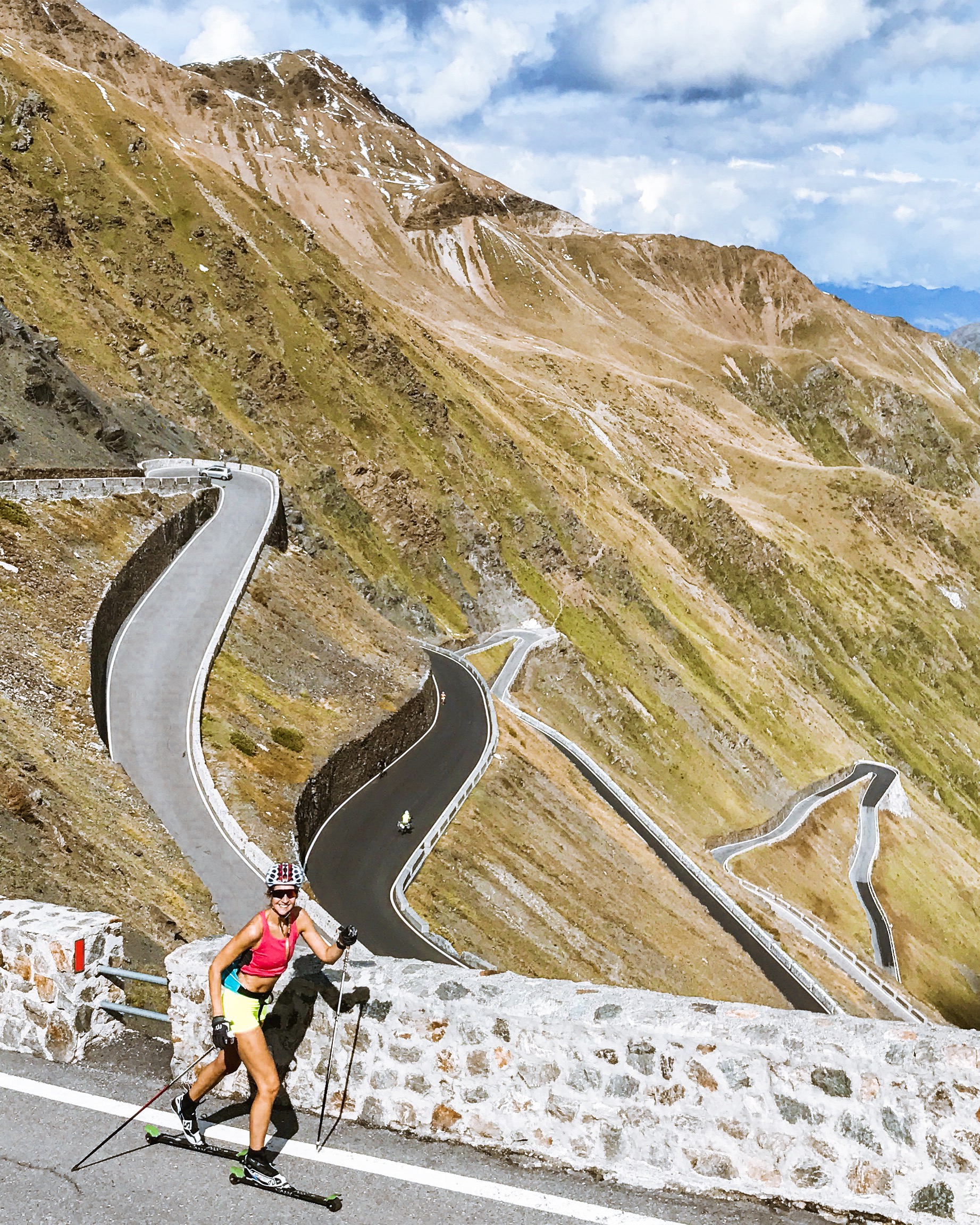













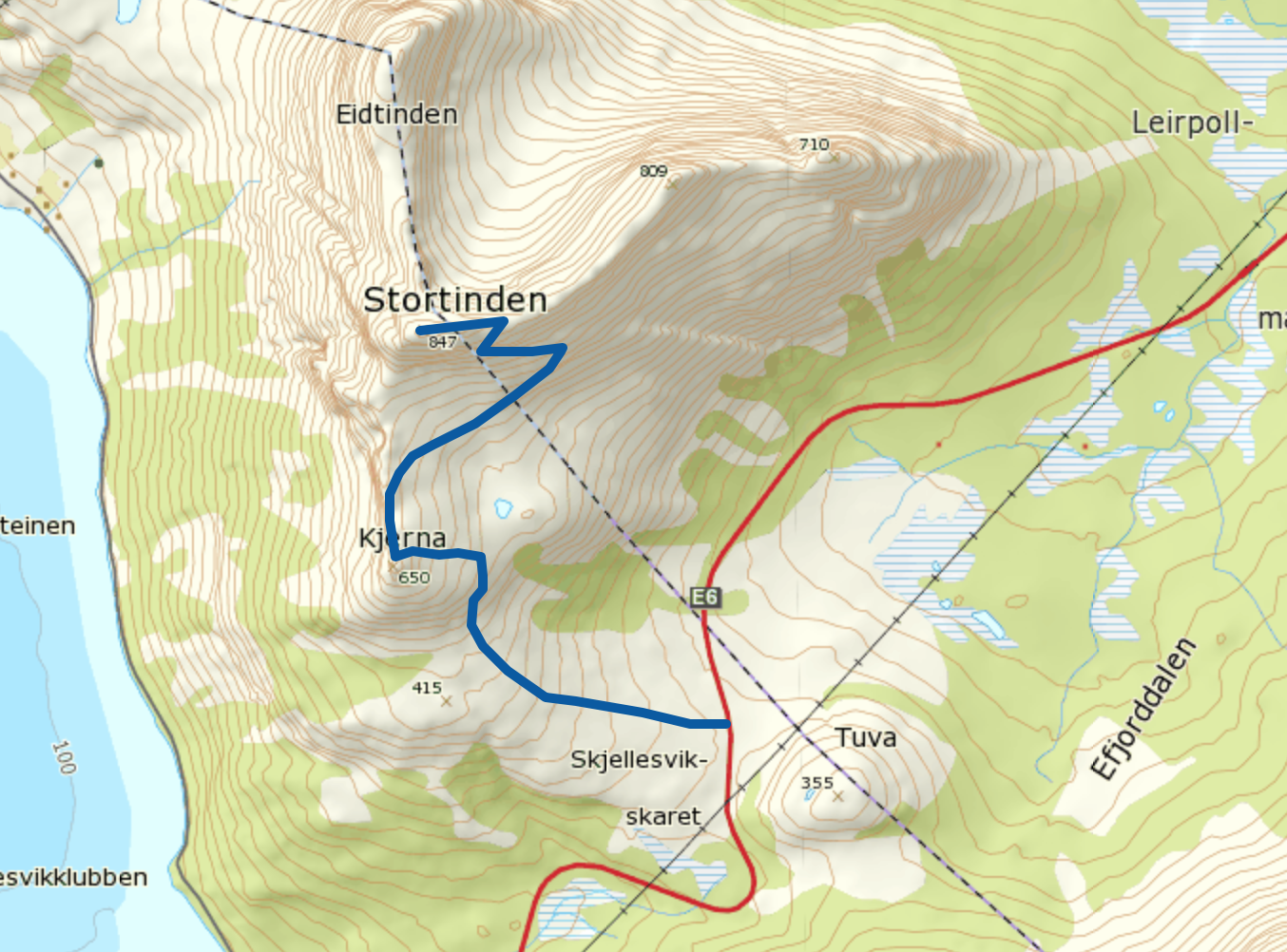

















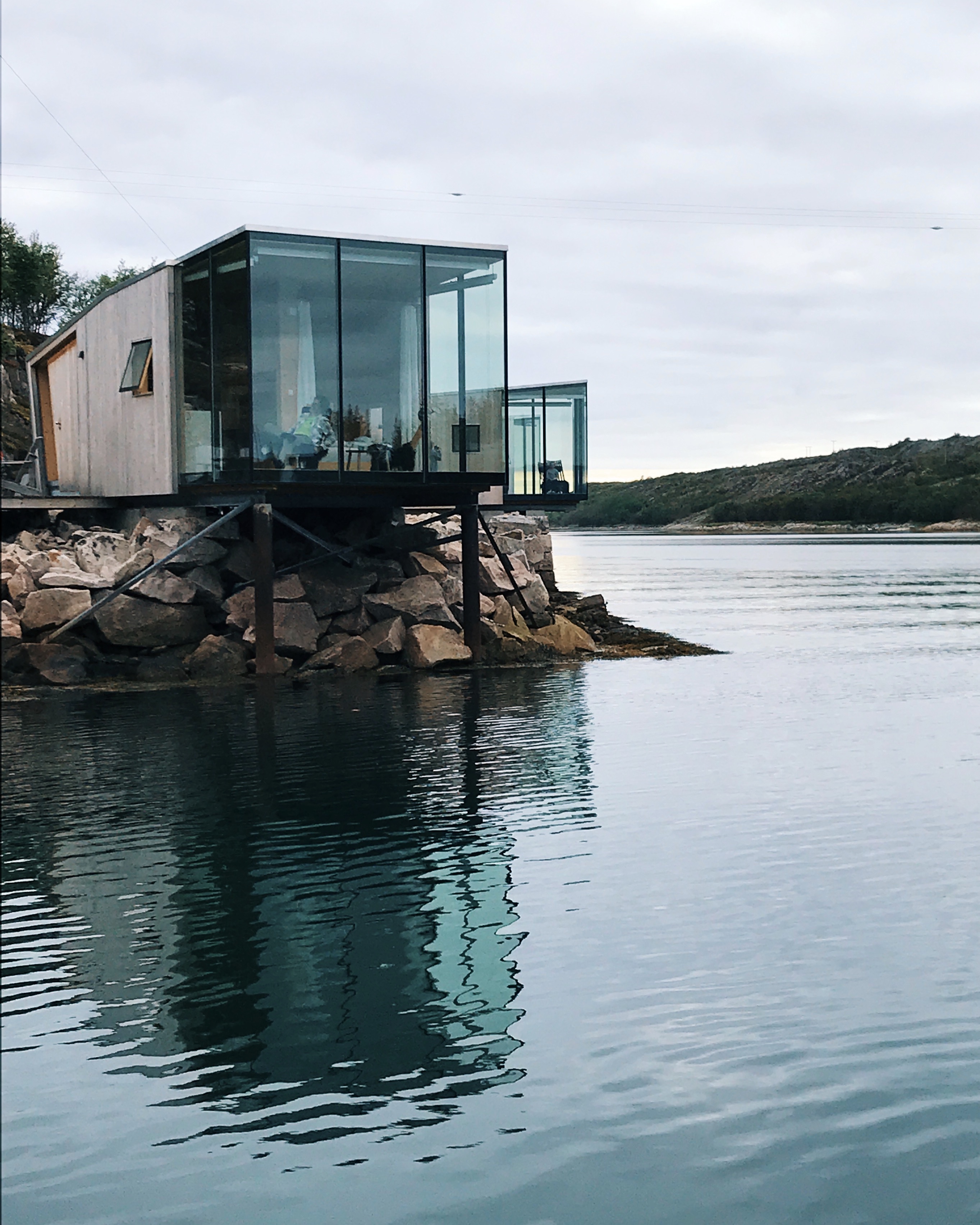 Next up on the Arctic Road Trip itinerary is Manshausen. You may already have seen pictures of the award-winning sea cabins on the island Manshausen on Instagram, blogs or in magazines. Manshausen is owned by the explorer Børge Ousland and is a unique destination if you want to experience nature, whether by simply sitting in your private sea cabin watching the ocean flow by or whether padling, hiking, running, diving, fishing or other activities are your thing. I applaud initiatives like Manshausen, which really takes traveling to a new level.
Next up on the Arctic Road Trip itinerary is Manshausen. You may already have seen pictures of the award-winning sea cabins on the island Manshausen on Instagram, blogs or in magazines. Manshausen is owned by the explorer Børge Ousland and is a unique destination if you want to experience nature, whether by simply sitting in your private sea cabin watching the ocean flow by or whether padling, hiking, running, diving, fishing or other activities are your thing. I applaud initiatives like Manshausen, which really takes traveling to a new level.
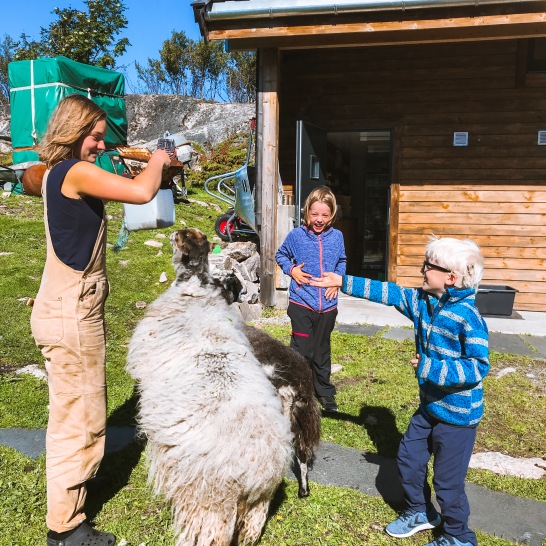





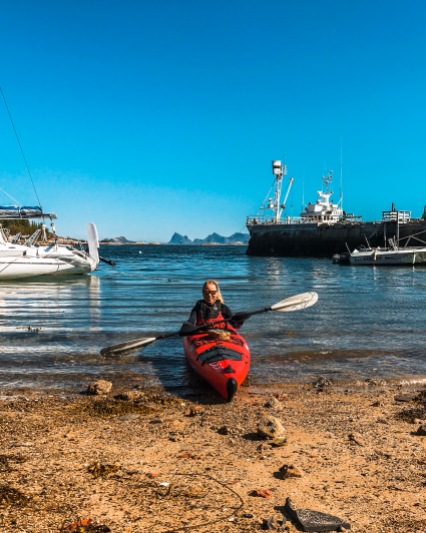




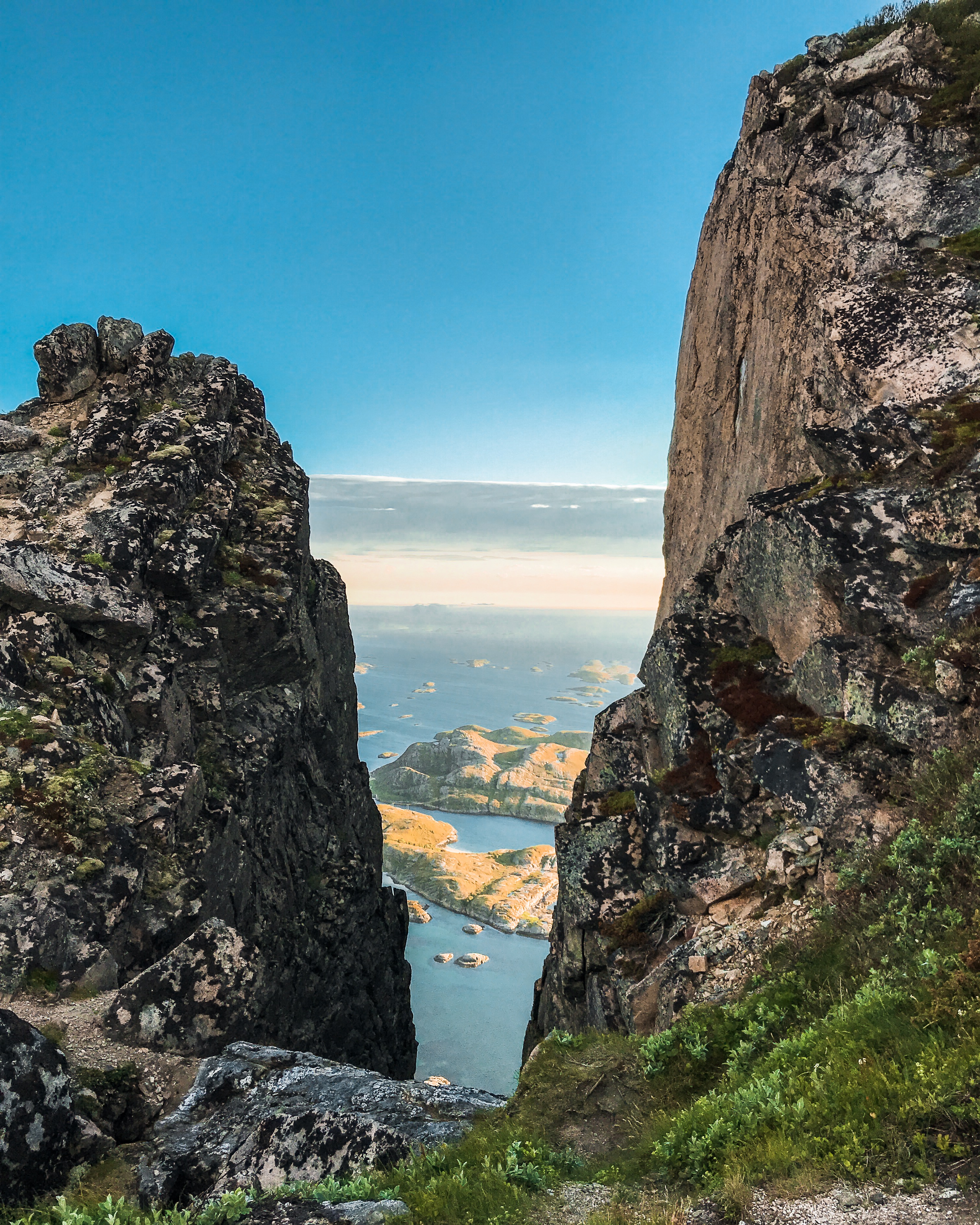 The peak is at 440 meters above sea level and if you are in shape you will reach the peak in around 30 minutes. The first part of the trail is in the forest and is improved by the help of steps laid down by sherpas. The last part is quit exposed, but feels safe as long as the stone is dry. As you gain height quickly the view is simply amazing all the way up to the lion peak, and there are several opportunities for grammable pictures, even if the clouds get in the way of the midnight sun. If it is windy, you will hear a spectacular “noise” from the front wall of Rødøyløva.
The peak is at 440 meters above sea level and if you are in shape you will reach the peak in around 30 minutes. The first part of the trail is in the forest and is improved by the help of steps laid down by sherpas. The last part is quit exposed, but feels safe as long as the stone is dry. As you gain height quickly the view is simply amazing all the way up to the lion peak, and there are several opportunities for grammable pictures, even if the clouds get in the way of the midnight sun. If it is windy, you will hear a spectacular “noise” from the front wall of Rødøyløva.









